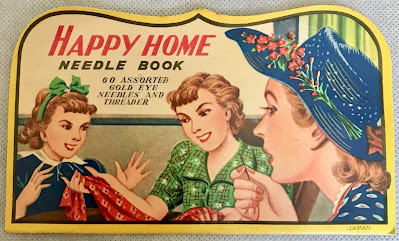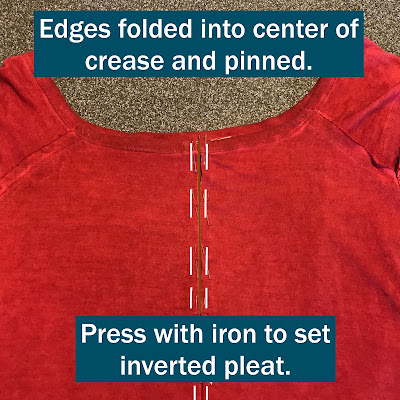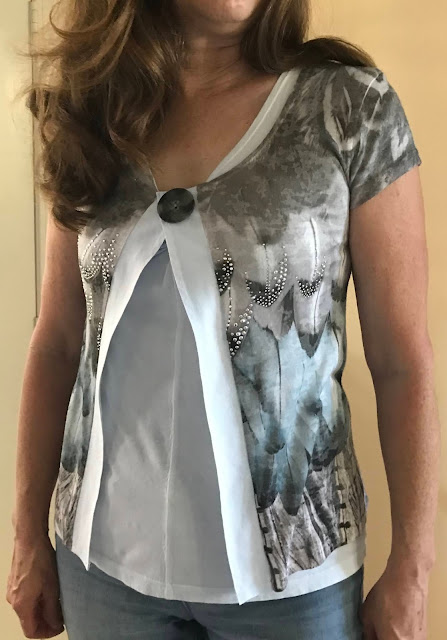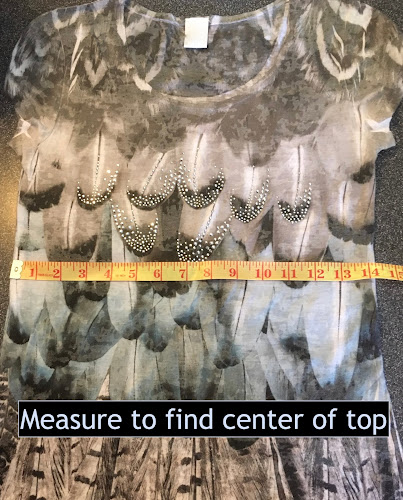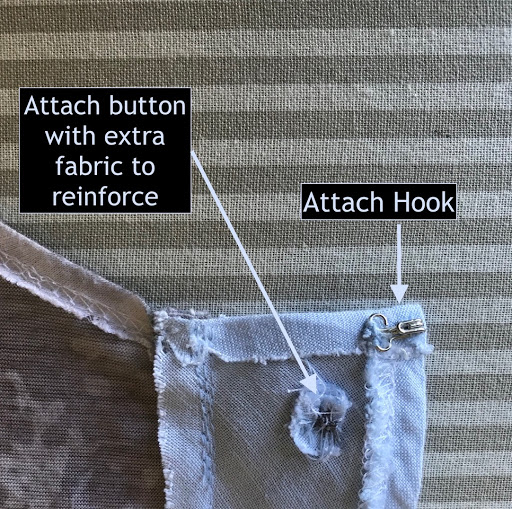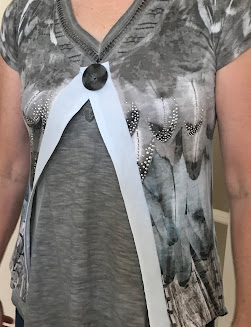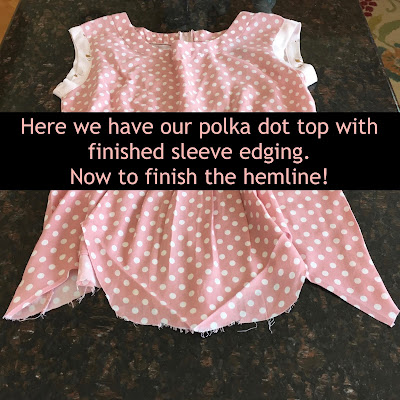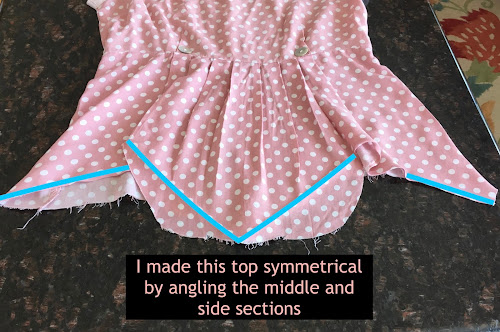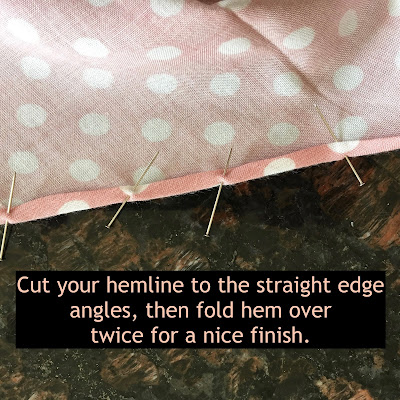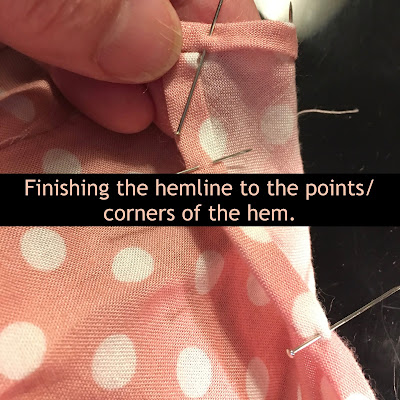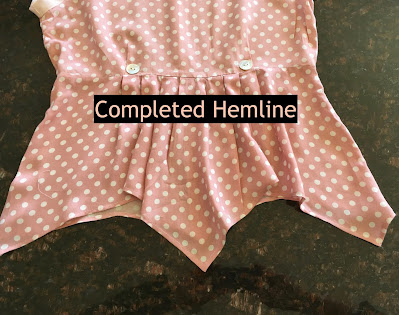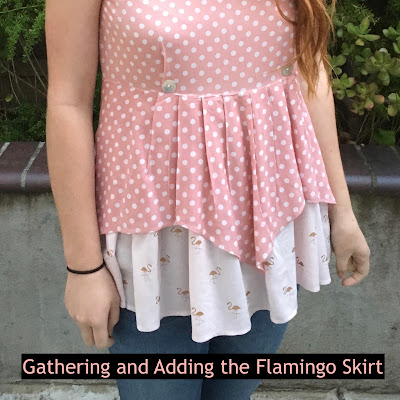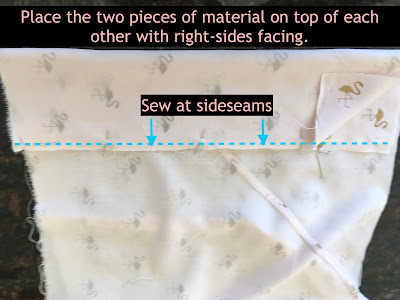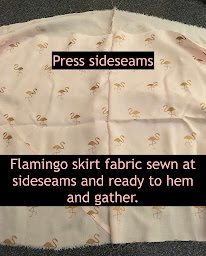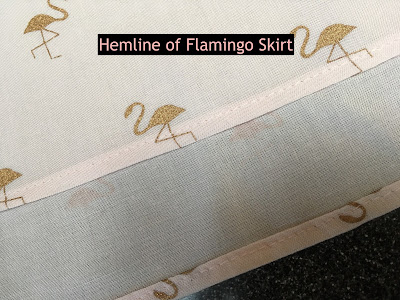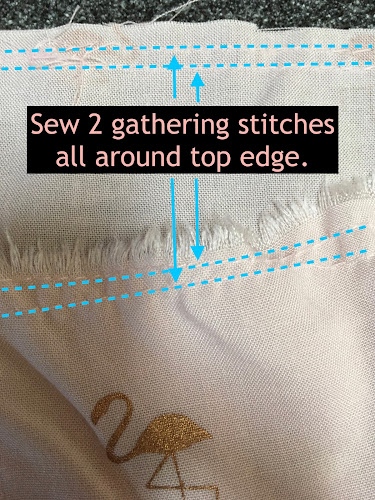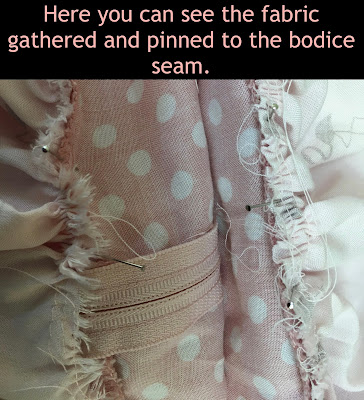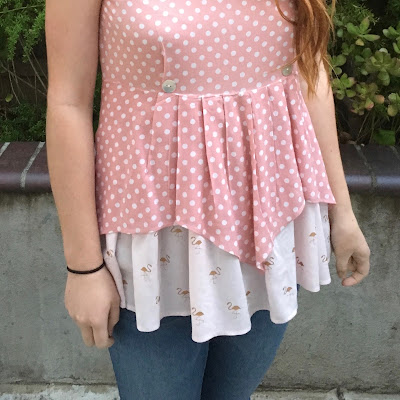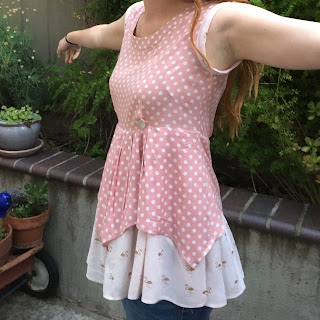Adding a Flounce to a Top - Video
Vintage Sewing Needle Packets
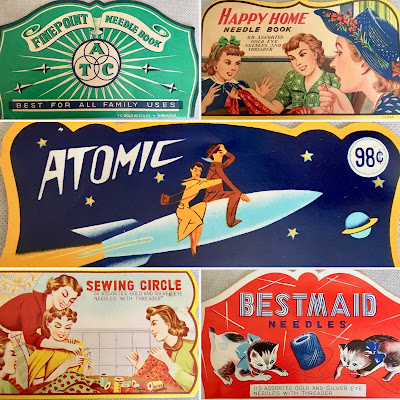 |
Vintage Needle Packets |
 |
Bestmade Needles |
 |
Complete Assortment of Needles |
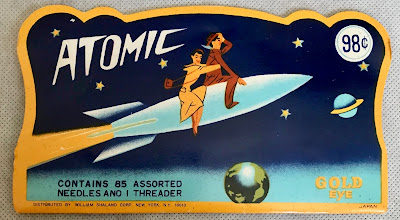 |
ATOMIC |
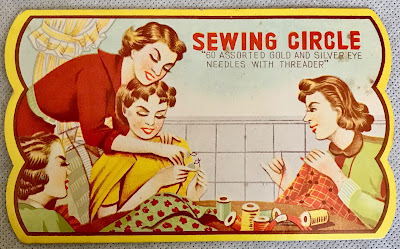 |
Sewing Circle |
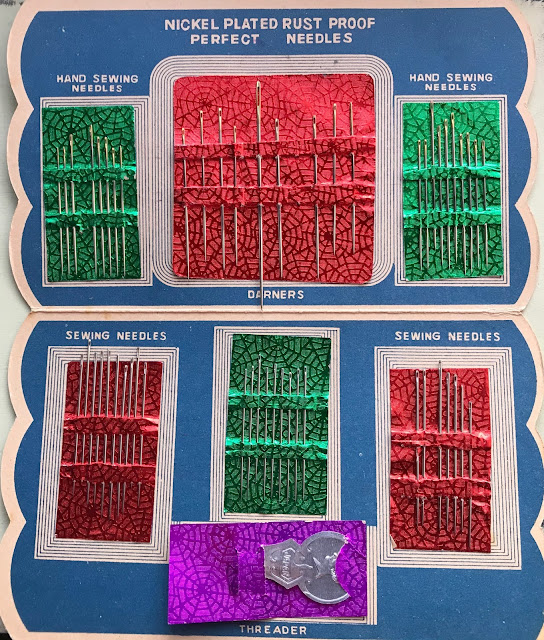 |
Packet Labels |
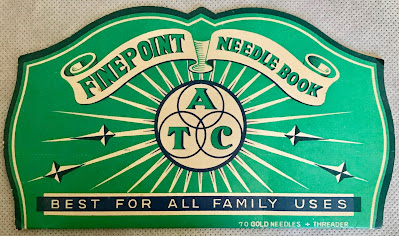 |
Finepoint Needle Book |
You could purchase the "One Hundred" in 1959, which featured 100 needles - WOW! The 100 needles consisted of gold eye, nickel plated and rust proof. Oh yes, a threader was included of course.
 |
Displaying these Colorful Needle Packets |
Adding an Inverted Pleat to a Top that's too Wide
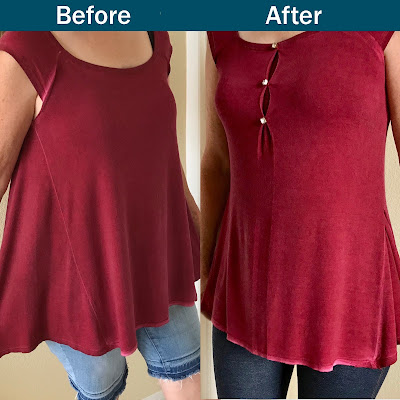 |
Adding an Inverted Pleat to a Top that's too Wide |
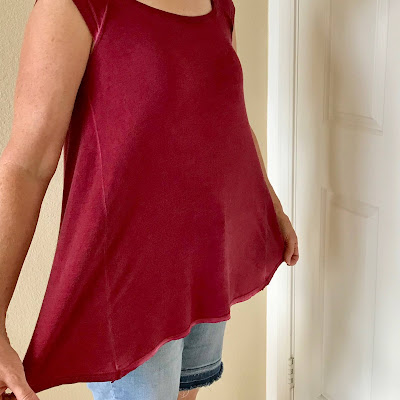 |
Way Too Wide |
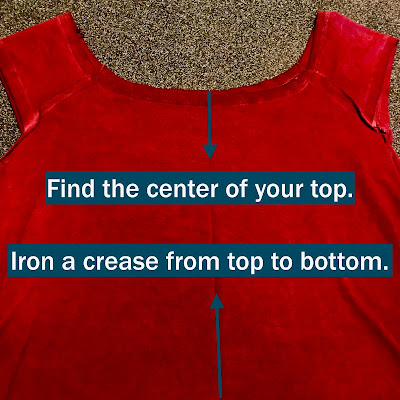 |
Finding the Center of the Top |
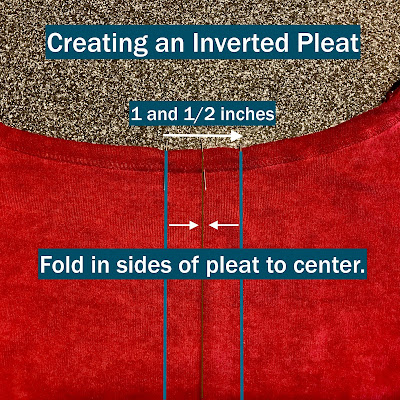 |
Creating an Inverted Pleat |
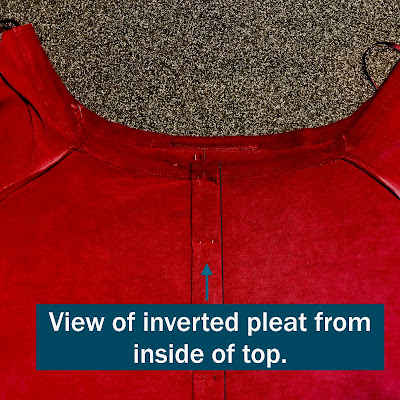 |
Inverted Pleat View From Inside of Top |
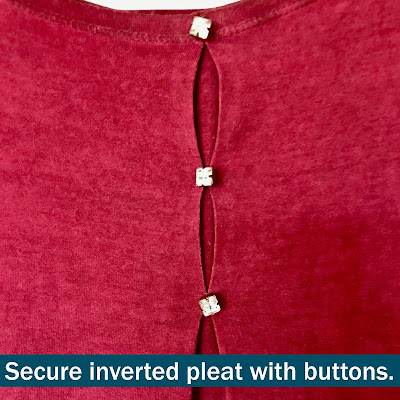 |
Secure Pleat with Buttons |
 |
Reducing Side Flare |
 |
Outside View of Sideseams Pinned Together |
 |
Inside View of Sideseams Pinned Together |
 |
Sideseams Completed |
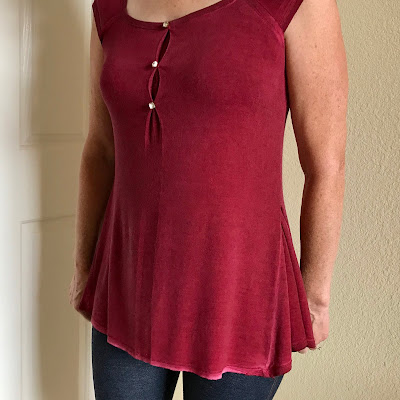 |
Completed Refashioned Top |
Refashioned Top into a Lightweight Jacket
Refashioned Top into a Lightweight Jacket
Here's an easy project. I've refashioned a top I had in my closet into a fun lightweight summer jacket.
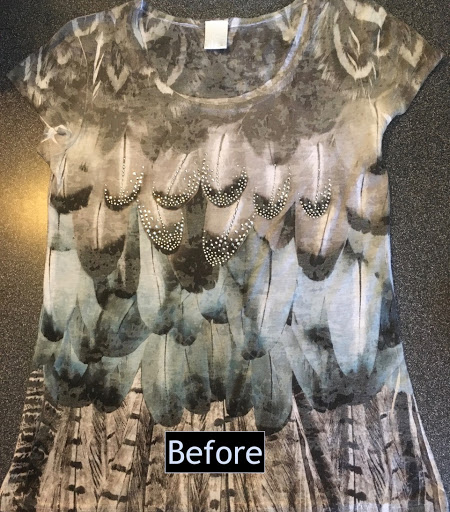
Top Before Refashion
Here you can see the original lightweight knit top from which I will create the jacket.
Measure to Find Center of Top
Use a measuring tape across the width of the top. Find the middle of the fabric and mark on your top.

Cut Straight Up Center of Top
After marking, cut straight up the center of the top until your two sides of the front are completely separated.
 Fabric Strips for Center Opening
Fabric Strips for Center Opening
You'll need two strips to add to each side of the center opening. My strips here are 2 inches wide with a finished side on each strip which I will use for the finished center edges of the jacket. Add in additional material if you need to fold over and finish your own center edges.
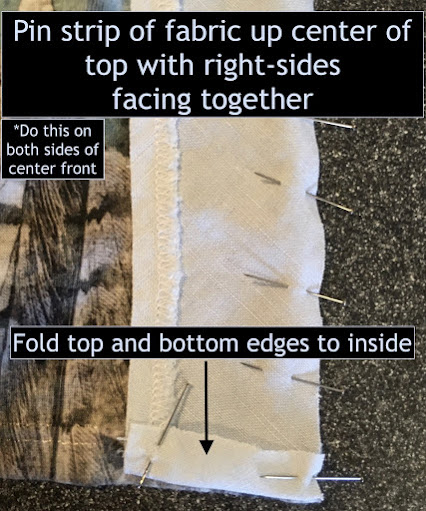
Pin Strip of Fabric Up Center Opening
With right-sides together pin strip of fabric to center front of top. Do this on both sides - right and left - of the center front opening. Fold top and bottom edges up to the inside (we will top stitch this later).

Pin Strip of Fabric Up Center Opening
With right-sides together pin strip of fabric to center front of top. Do this on both sides - right and left - of the center front opening. Fold top and bottom edges up to the inside (we will top stitch this later).
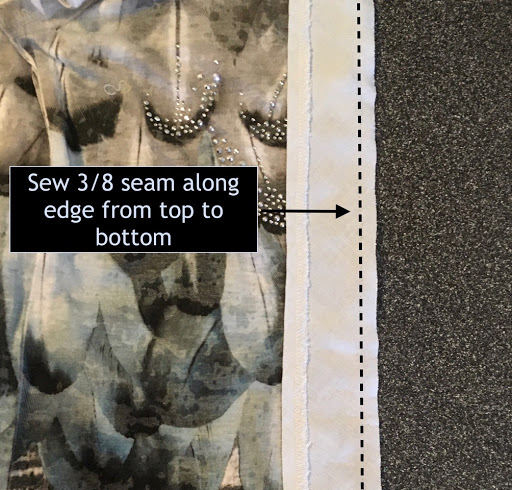
Sew Fabric Strips to Center Openings
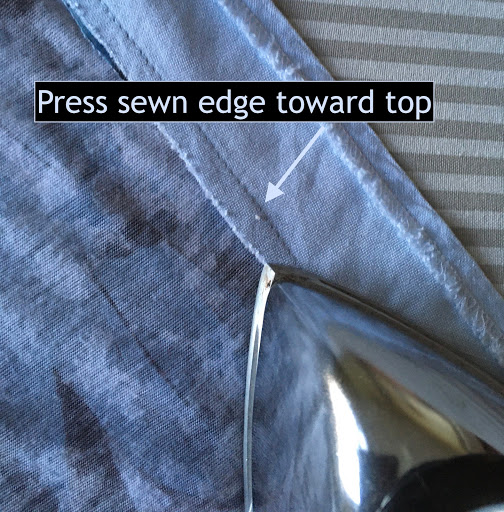
Press Sewn Edge Toward Top
Sew Button and Hook
Another View of Attaching Button and Hook
Here you can see that I added a few small pieces of material to reinforce the lightweight fabric where I attached the button. You can also see where I attached the hook that will go through the hand sewn loop on the other fabric strip to complete a firm closure.
Hand Sew a Loop
Here is the hand sewn loop. This loop is created by using a needle and thread that is looped through the material several times. The hook on the top of the other fabric strip will hook through this loop securing the top front opening of the jacket.
Completed Button and Hook and Loop closure
After
Completed Lightweight Jacket
This lightweight jacket fits nicely over a spring or summer top and is a nice little extra for one's wardrobe.
Fun Polka Dot Top with Added Flamingos - Adding the Skirt
Fun Polka Dot Top with Added Flamingos - Adding the Skirt
Finishing Hemline
Making the Front of the Top Hemline Symmetrical
Making the Back of the top Hemline Symmetrical
Finishing the Hemline
Bringing the Hemline Together at the Corners
Completed Hemline
The Flamingo Skirt
Getting the Fabric Ready for the Skirt
Sewing Sideseams on Skirt
Flamingo Material Ready to Be Hemmed and Gathered
Finishing the Hem on the Skirt
Sew Two Gathering Stitches All Around Top Edge
Gather Stitches
Evenly Distribute Gathers on Top
Gathers Pinned to Bodice and Ready to Sew
How to Secure at Zipper
Now the Gathered Skirt on this Top is Completed!
Enjoy!
Creative Sewing Renovation Ideas
-
Cozy Cardigan Sweater Create this cozy and warm cardigan made from a pullover over knit sweater finished with a crocheted edge an...
-
This beautiful jean jacket with flounce, or circular ruffle as sometimes it is referred to, is easy to make! Just follow the pattern ...
-
Making Two Scarves out of One Large Pink Floral Scarf I find that some of my scarves are a little large in size for m...
-
Refashioned Top into a Lightweight Jacket Here's an easy project. I've refashioned a top I had in my closet into a fun lightweig...
-
Zebra Print Sun Umbrella Here is my new reinforced zebra print sun umbrella. I wanted to fix this particular umbrella instead of b...
-
Fun Polka Dot Top with Added Flamingos - Adding the Skirt I will show you how I created this fun top which was just a left over from a dre...
-
Here's an easy step by step video of how to add a flounce to a top to enhance and lengthen it. For more detailed information on creating...
-
Vintage Needle Packets Look at these fun vintage sewing needle packets which my Aunt Hazel had in her sewing collection. In each of these fu...
-
Fun Polka Dot Top with Added Flamingos I will show you how I created this fun top which was just a left over from a dress in which I had use...
-
Add a Flounce to a Top I will show you how to add a pre-made flounce to a top. I'm using a pre-made flounce which makes this ...

